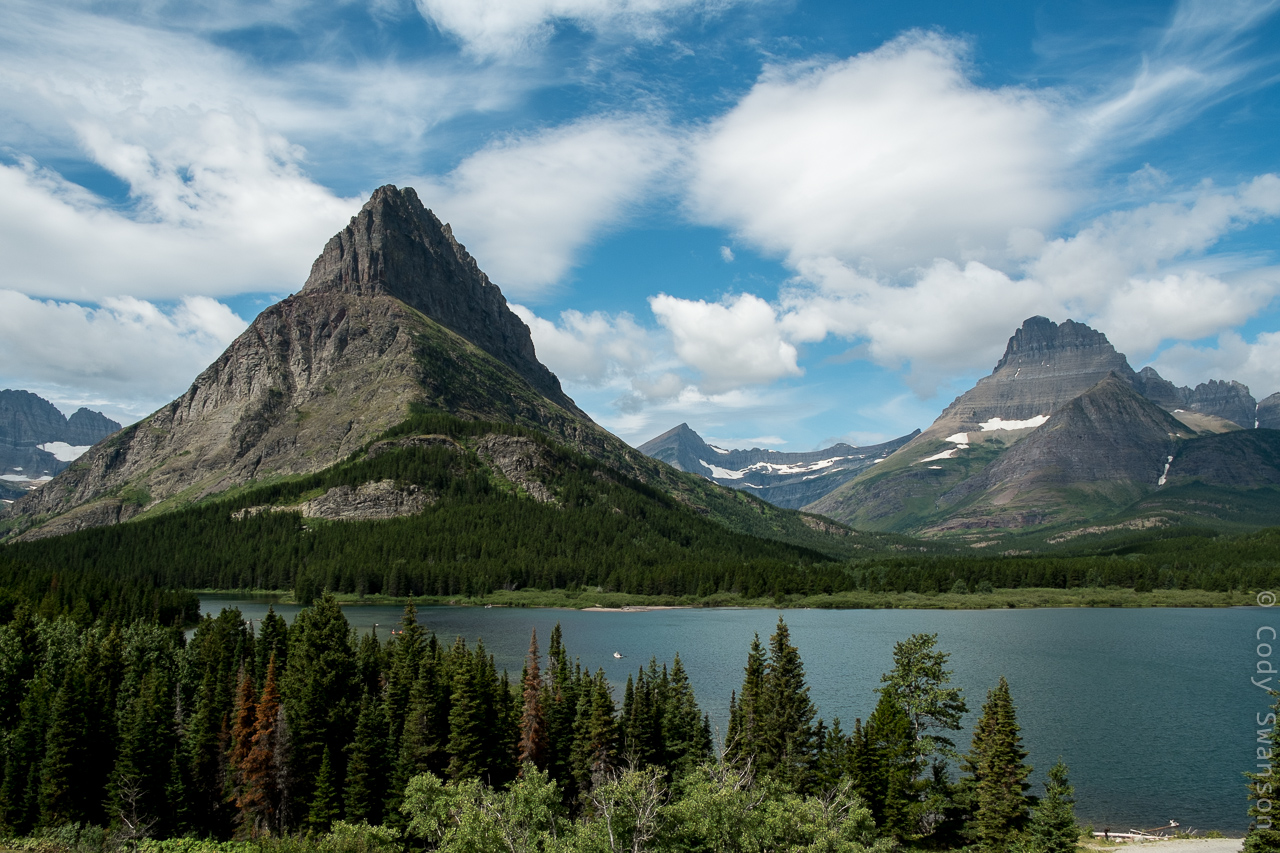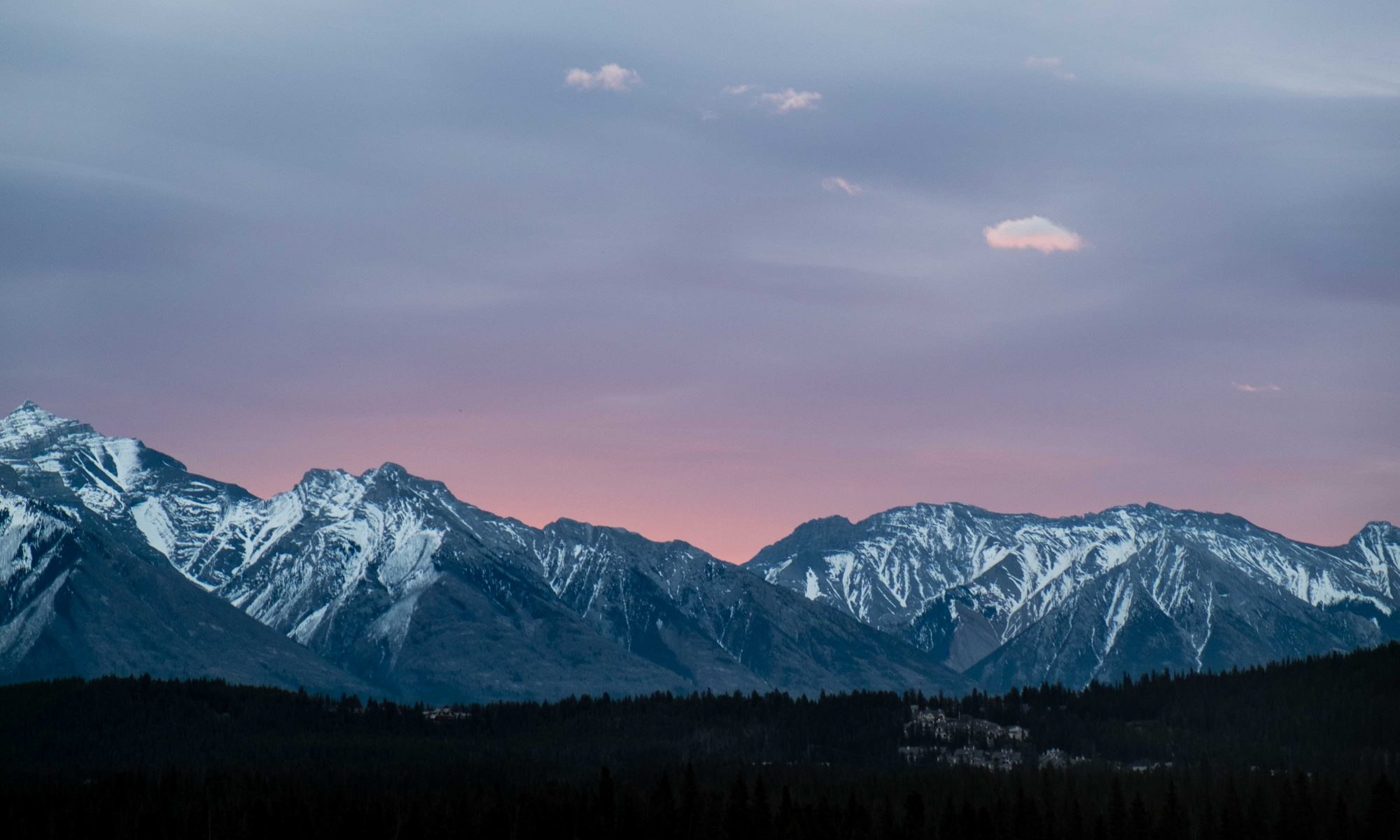I’ve had the Fuji X-E1 for two months now, I’ve taken around 600 frames with it. So far my impressions are generally good with the camera. The combination of the 18-55 f2.8-4 lens and the Xtrans sensor in the camera have produced some excellent results. The camera’s ability to take a great image far outshines my own.

I love the size of the camera, small enough to fit in my messenger style bag but big enough to properly fit in my hand. The electronic viewfinder is crisp and didn’t take much time to get used to. I like the ability to review my photos through the viewfinder, a great feature in bright light.
Working with a circular polarizer requires a little extra effort since the EVF adjusts the exposure as you turn the CPOL. The result is you can’t properly see the effect the CPOL is having on your image. The fix is to simply lock your exposure with the AE-L button or hold the shutter button down halfway to lock the exposure. Once this is done you will be able to see the changes in the EVF.
The sensor on the Fuji X-E1 is quite good. It’s super crisp (no AA filter) and it’s low light performance is pretty incredible. I can comfortably shoot at iso 3200 and 6400 and still get a usable image, great for street work at night.
I also love that if you choose to shoot with any of their film simulation modes or adjust your image aspect ratio; these changes are immediately represented live in the EVF. If you shoot B&W square cropped images the EVF displays a square image in B&W. Great for previewing how things will look ahead of time.
My next step with this camera will be to get another lens, something really wide for portraits. Maybe the 35 f1.4 or the new 56 f1.2 that’s supposed to come out soon. The Fuji lenses have a lot of awesome packed into a small package.

